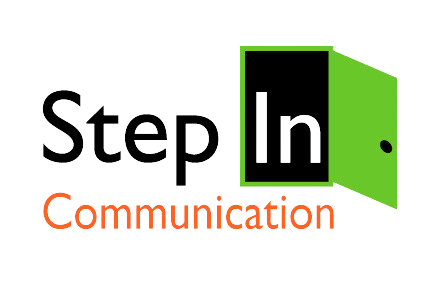Chances are you’re working with a team to manage your campaigns. It may be a social media campaign only, or a fully integrated campaign with PR, social, paid and creative teams all doing their part to advance your client’s initiatives. I’ve worked on dozens of teams like this and it always strikes me as funny […]
As the calendar turns a page each year, a lot of marketing leaders identify trends which are either emerging or already arrived. Social and digital media are no different. Our team looks at these each year and then evaluates them against the needs of our current clients. We studied a number of trend posts in […]
What is a Content Ladder? A content ladder is our way of thinking about building expertise around a topic or content theme. We use them formally and informally with a lot of our clients to take advantage of the repetitive nature of social media and to increase the shelf life of certain types of content. […]
Fran Stephenson, APR, Fellow PRSA, was among an elite group of 19 professionals elected to the Public Relations Society of America’s College of Fellows. To qualify for the College, members must have at least 20 years of PR and communications experience, be accredited in public relations (APR) as well as complete a rigorous application process. […]
Communications professionals are geared to be planners. We do research, create plans, make road maps, all in the name of being thorough. Certainly our timelines are more condensed than they’ve ever been before. But what if we should be doing the opposite of planning? The nature of today’s communication environment makes planning more difficult, maybe […]
While social media has enabled widespread conversations between brands and their customers, for some organizations, it’s also an opportunity to hide behind social channels. These organizations are still struggling with how to manage the 24/7 nature of online customer service. Here are some signs that you may be hiding from your customers: You never have […]
Sure, I took time off during the holiday season. Entertained friends, enjoyed time with family, read a little and yes, I watched TV. Around the holidays, television viewers are treated to the full force of the personalities who, with great professionalism and familiarity, anchor our news shows – national and local. But something also happens […]
Book image This week I read a new book called The Invisible Sale by Tom Martin, founder of Converse Digital and a longtime advertising agency professional. I first heard Tom speak earlier this year at the Solo PR Pro Summit in Atlanta, in which he talked about Painless Prospecting. That presentation became part of his […]





